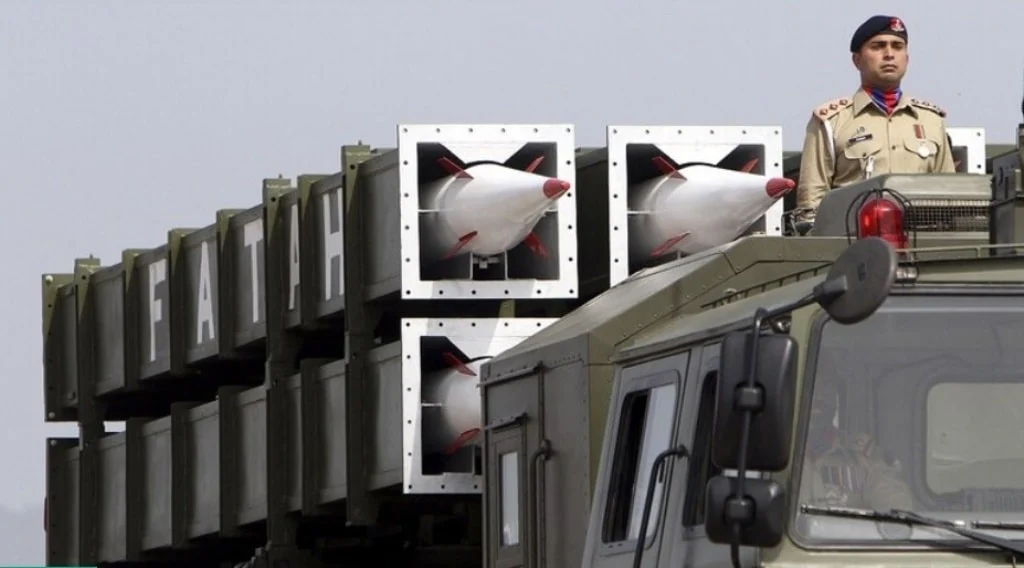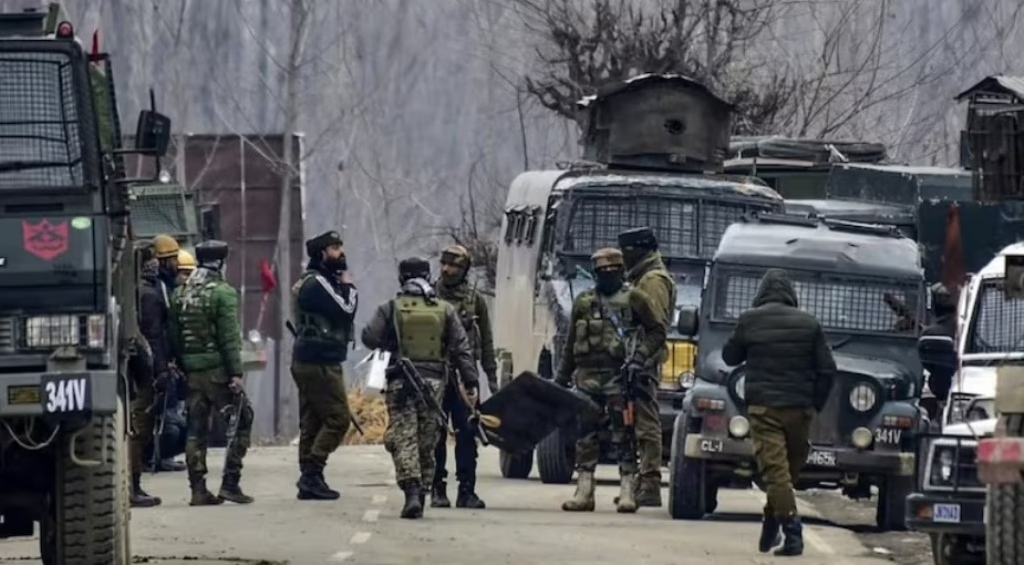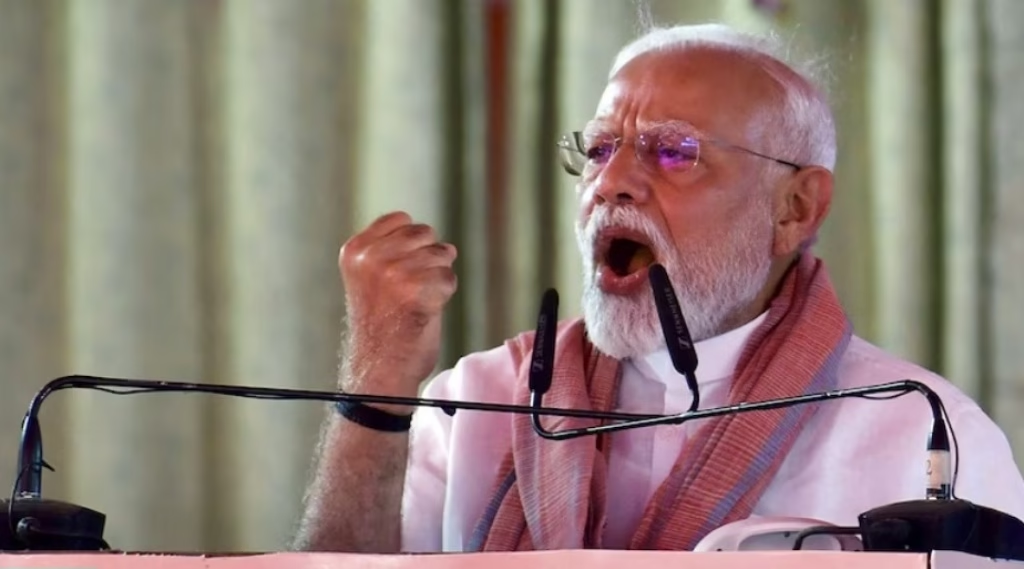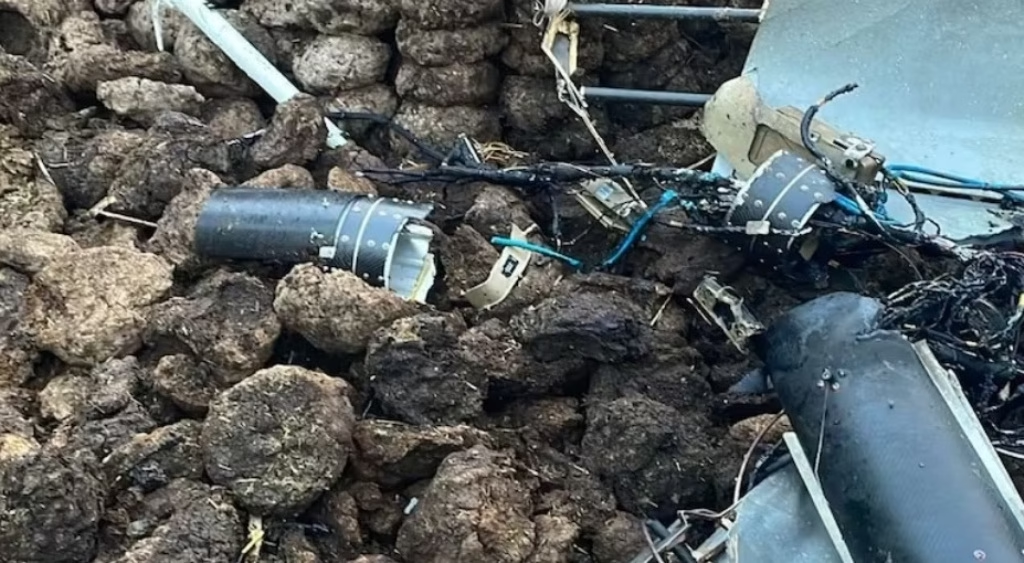
In a dramatic escalation of regional tensions, Pakistan has launched a series of precision strikes under the codename Operation Bunyan-un-Marsoos, targeting key Indian military installations. The operation, which marks one of the most significant confrontations between the two nuclear-armed neighbors in recent years, is being described by Pakistani officials as a “measured and strategic response” to India’s earlier air raids on Pakistani territory.
Background: Escalating Indo-Pak Tensions
Tensions between India and Pakistan have been simmering for months following a series of border skirmishes in Kashmir. The situation deteriorated rapidly after India reportedly conducted airstrikes on Pakistani airbases, claiming to target terror infrastructure. Pakistan condemned the move as an unprovoked act of aggression.
Details of Operation Bunyan-un-Marsoos
Operation Bunyan-un-Marsoos — meaning “Solid Structure” in Arabic — was a meticulously planned and executed military retaliation launched by Pakistan in response to India’s preemptive airstrikes on Pakistani airbases. According to official statements from the Inter-Services Public Relations (ISPR), the operation was not just a symbolic show of force but a coordinated, multi-domain offensive designed to achieve precise military and psychological objectives.
🎯 Strategic Objectives
The core aims of the operation were:
- To neutralize or damage Indian air assets used in offensive missions.
- To demonstrate Pakistan’s advanced strike capabilities.
- To maintain a strong deterrence posture without escalating into full-scale war.
- To retaliate proportionately while maintaining international legitimacy.
🛰️ Targeted Installations
The Pakistani military deployed a combination of surface-to-surface missiles, cruise missiles, and air-launched precision-guided munitions (PGMs) to hit multiple strategic sites deep inside Indian territory. Targets included:
- Airbases in Punjab and Rajasthan sectors that housed frontline aircraft like the Su-30 MKI and Mirage-2000.
- Ammunition and fuel depots that stored BrahMos cruise missiles, a key component of India’s rapid strike capability.
- Command and control centers, including radar stations and early-warning systems that support India’s elite S-400 air defense network.
- Logistics hubs critical to the movement of armored divisions near the Line of Control (LoC).
Satellite imagery later released by third-party analysts suggested significant structural damage to one of the targeted fuel depots, though Indian authorities downplayed the extent of destruction.
🛩️ Air Power and Electronic Warfare Integration
Pakistani Air Force (PAF) squadrons played a vital role in the operation. Fighter jets, including JF-17 Thunders and F-16s, were on standby to ensure aerial dominance and support long-range missile operations. In parallel, electronic warfare units reportedly jammed Indian radar networks along the western front to delay detection and minimize interception risks.
Some unconfirmed reports from local Indian media suggested that India’s air defense systems were overwhelmed by decoys, allowing real warheads to penetrate with higher success rates.
💻 Cyber Operations & Psychological Warfare
One of the defining aspects of Operation Bunyan-un-Marsoos was the integration of cyber warfare. Pakistani cyber units targeted India’s power grids and internet backbone, causing brief blackouts in strategic regions such as:
- Mumbai
- Chandigarh
- Delhi NCR
These disruptions, while temporary, were enough to trigger panic and expose vulnerabilities in India’s civilian infrastructure, raising questions about the country’s digital defenses.
Additionally, Pakistani media and military-linked social channels launched a coordinated information campaign, publishing videos and infographics of the strike’s precision, accompanied by assertive messages meant to shape regional and global narratives.
🔁 Precision with Restraint
Despite the aggressive posture, Pakistani military leaders stressed that the operation was deliberately limited in scope to avoid civilian casualties and invite global diplomatic engagement. All targets were reportedly selected with satellite intelligence and reconnaissance drone support to ensure military precision.
Cyber Warfare and Strategic Disruption
In addition to conventional attacks, Pakistan reportedly deployed cyber warfare units to target India’s digital infrastructure. Temporary power outages were experienced in parts of Delhi, Mumbai, and Hyderabad, raising speculation about the role of foreign interference. While Indian officials attributed the blackouts to technical faults, cybersecurity experts suggest a high likelihood of coordinated cyberattacks originating from Pakistan.
Indian Response and Global Reactions
The Indian Ministry of Defence has confirmed that some military installations were targeted but claimed that most of the attacks were intercepted or caused “minimal damage.” Prime Minister Narendra Modi convened an emergency meeting of the National Security Council, vowing a “strong and calibrated response.”
Meanwhile, global powers including the United States, China, and Russia have urged both nations to exercise restraint. The United Nations Security Council is expected to hold an emergency session to discuss the growing conflict.
What’s Next?
As the region holds its breath, military analysts warn that the next 72 hours will be critical. While both sides claim no intention of full-scale war, the back-and-forth strikes reflect a deeply unstable status quo. The possibility of further escalations cannot be ruled out, particularly if civilian casualties or economic infrastructure are targeted in future operations.
Conclusion
Operation Bunyan-un-Marsoos marks a turning point in Indo-Pak relations, signaling that any military action will be met with forceful retaliation. As calls for peace intensify globally, South Asia faces one of its most perilous moments in decades. Whether diplomacy can prevail over military might remains to be seen.
Reliable Sources: Global Security UN Security Council





